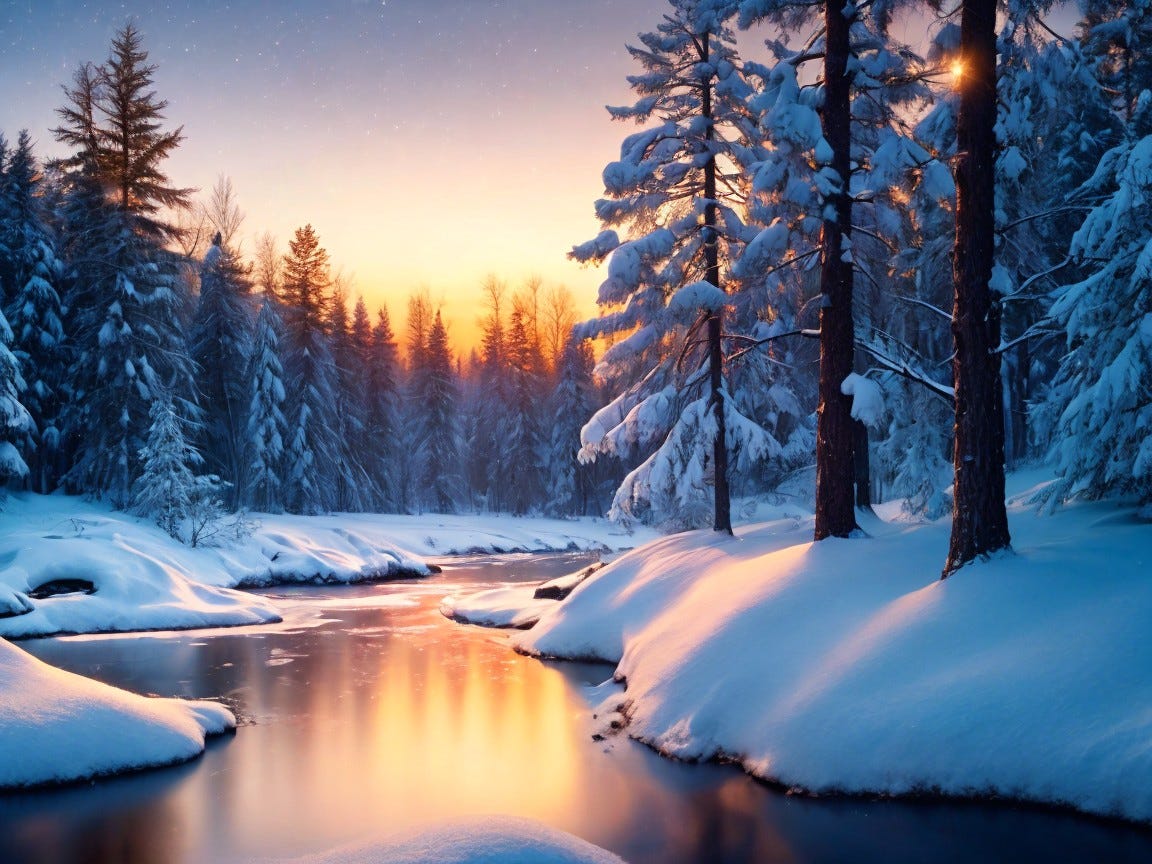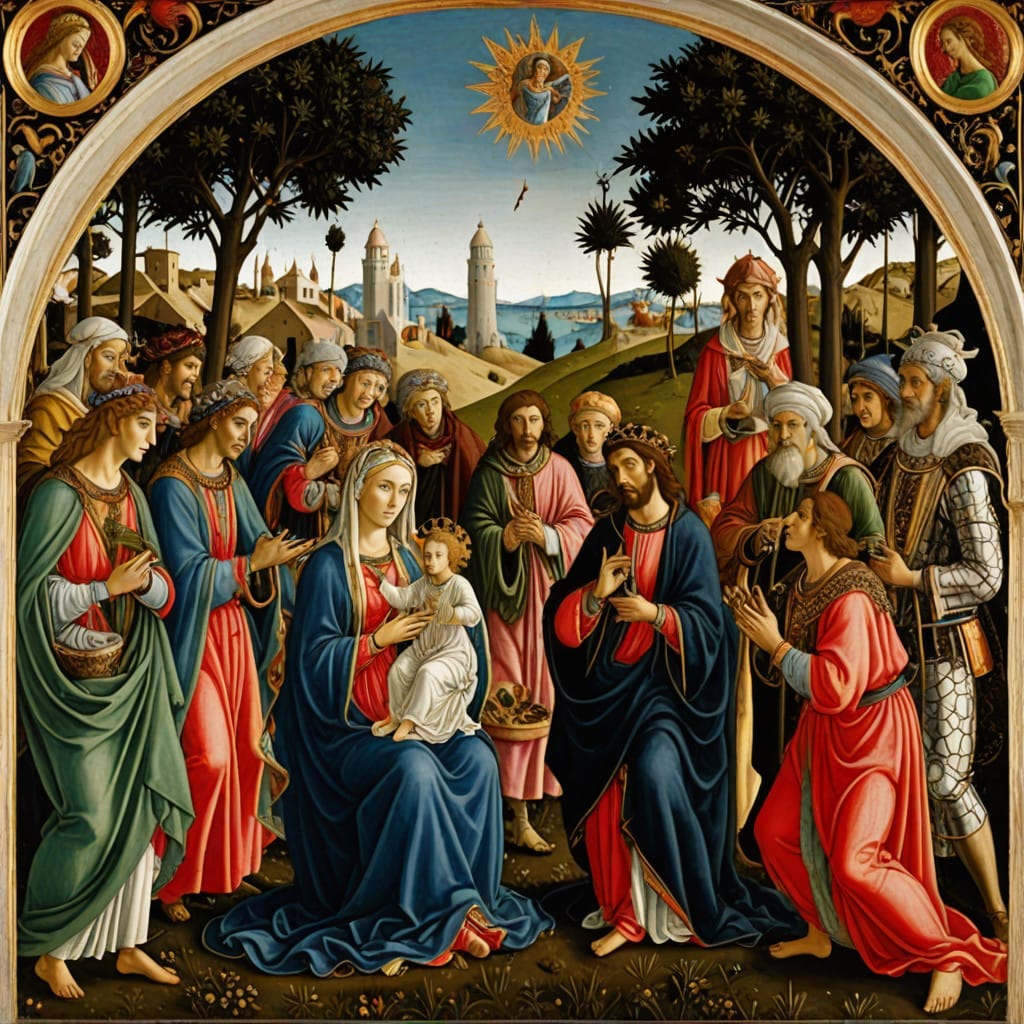
Christmas! That singular word conjures up images of twinkling lights, cozy sweaters, and, if you’re lucky, cookies left out for a chubby fellow in a red suit. But why do we celebrate it the way we do, and what makes this holiday so universally enchanting (and occasionally quirky)? Let’s sleigh our way through the facts and fun!
The History of Christmas
Christmas celebrates the birth of Jesus Christ, but the origins are a delightful mishmash. Early Christians piggybacked onto pagan winter solstice festivals, particularly the Roman Saturnalia. Over time, traditions like feasting, decorating trees, and giving gifts merged into what we now recognize as Christmas.
The date, December 25th, was chosen in the 4th century to coincide with these earlier celebrations, though many historians agree it’s unlikely Jesus was born in December. If anything, he might have been a spring baby. Imagine Easter and Christmas rolled into one — the chocolate overload alone!
Who Celebrates Christmas?
Christmas is observed in over 160 countries, though traditions vary widely. Western nations such as the United States, Canada, and the UK go all out with trees, lights, and Santa Claus. Many Asian countries like Japan have adopted the holiday as a cultural celebration, often revolving around romantic dates and KFC dinners (yes, really — thank clever marketing).
Countries in the Middle East or parts of Asia with smaller Christian populations often celebrate quietly but meaningfully. Bethlehem, where Jesus was born, hosts one of the most authentic celebrations with a midnight mass that draws thousands.
Santa Claus and His Global Variants
Santa Claus, as we know him, originates from St. Nicholas, a 4th-century bishop known for his generosity. The jolly, red-suited figure emerged thanks to Coca-Cola’s advertising in the 1930s, but Santa’s global incarnations are just as fascinating:
- Netherlands: Sinterklaas arrives by steamboat from Spain, accompanied by “Zwarte Piet” (controversial helpers who’ve thankfully seen a modernization).
- Italy: La Befana, a kind witch, delivers gifts on January 6th.
- Iceland: The Yule Lads — 13 mischievous trolls — leave gifts or rotten potatoes, depending on your behavior.
Santa’s mode of transport also varies. In Australia, he might swap reindeer for kangaroos. In Hawaii, he’s known to paddle a canoe. Efficiency at its finest.
Christmas Eve vs. Christmas Day
Why the divide? It depends on cultural and religious customs. Many European countries, like Germany and Sweden, celebrate on Christmas Eve with gift-giving and feasts. The idea stems from ancient Jewish tradition where a new day begins at sunset. Conversely, Christmas Day celebrations in countries like the US focus on morning gift unwrapping and a hearty lunch.
Famous Christmas Artworks
- Music: Handel’s “Messiah” is the gold standard of holiday music.
- Ballet: “The Nutcracker” by Tchaikovsky never fails to enchant.
- Painting: “Adoration of the Magi” by Botticelli beautifully captures the Nativity.

And let’s not forget literature: Dickens’s “A Christmas Carol” practically invented Christmas cheer as we know it.
A Quick Christmas Poem
Snow falls gently, soft and white,
A world aglow with twinkling light.
Laughter rings as stockings fill,
Hearts embrace the winter’s chill.
Through the night, a sleigh doth soar,
Bringing joy to every door.
Other Winter Celebrations
- Hanukkah: The Festival of Lights commemorates the rededication of the Second Temple in Jerusalem. The eight days symbolize the miraculous oil that lasted far longer than expected.
- Kwanzaa: A cultural celebration of African heritage and unity, observed from December 26th to January 1st.
- Winter Solstice: Acknowledged by many cultures as the longest night of the year, often marked by fire and feast.
- New Year’s Eve: Because who doesn’t love a good countdown?
Final Tidbits
- The Grinch, a Christmas icon, was invented by Dr. Seuss in 1957. His story reminds us that the season’s spirit is more about hearts than stuff.
- Fun fact: Rudolph was a marketing ploy by Montgomery Ward in 1939. His red nose was almost vetoed for fear it implied he’d had one too many eggnogs.
AI Art Prompt: “A serene, snow-covered forest with a single decorated evergreen tree glowing softly in the twilight, inspired by impressionist techniques.”
Got a favorite Christmas tradition or quirky fact I missed? Share it in the comments! Don’t forget to follow for more deep dives into holiday lore. Happy Holidays!